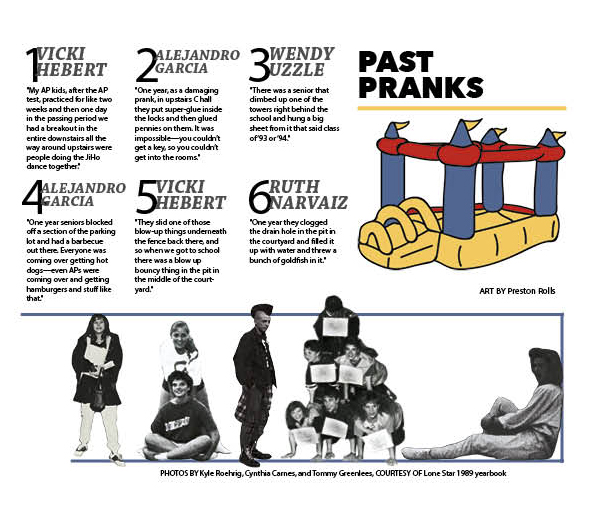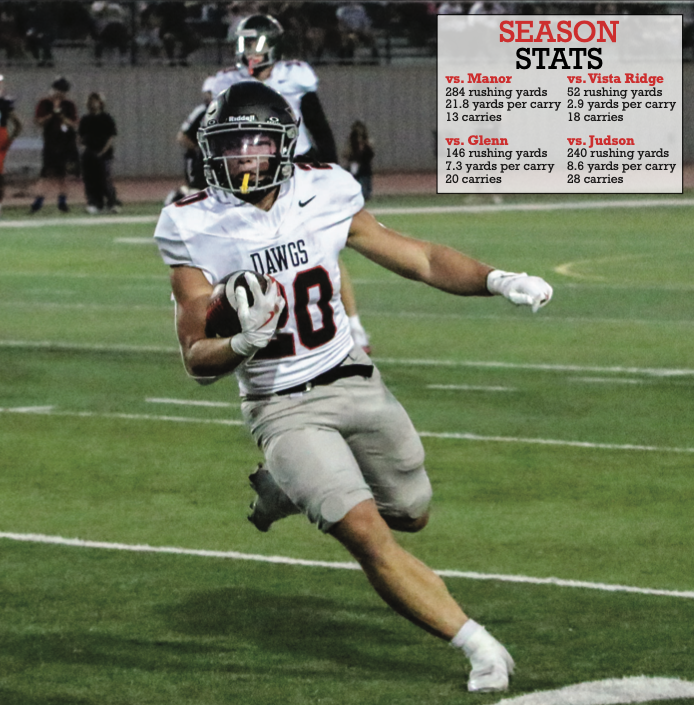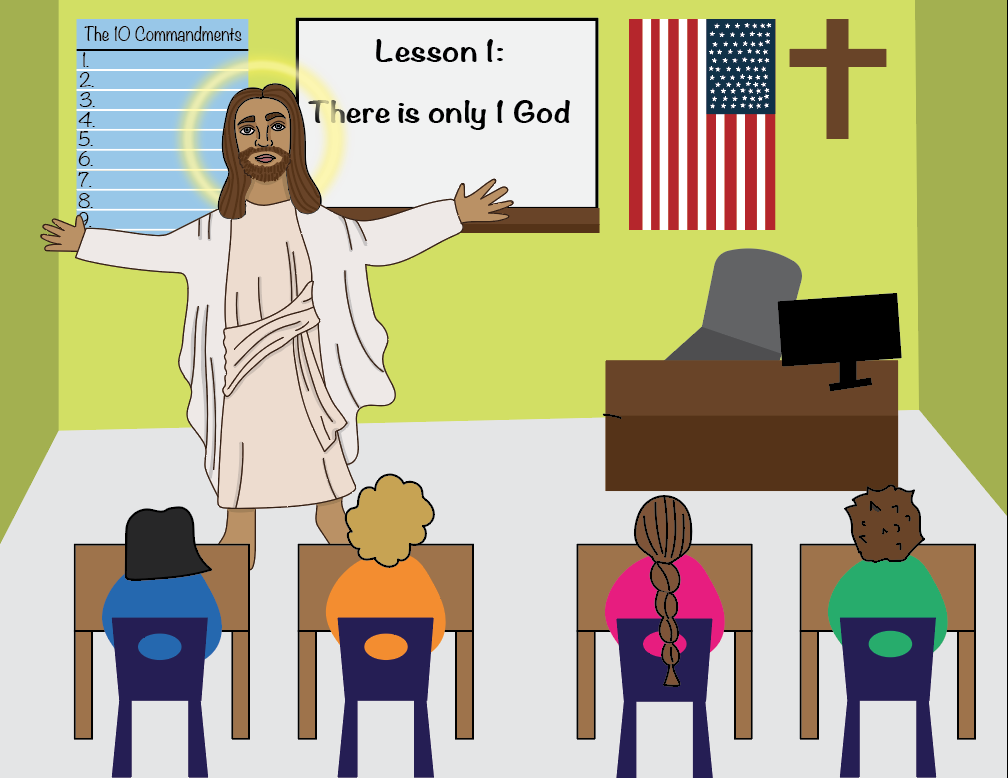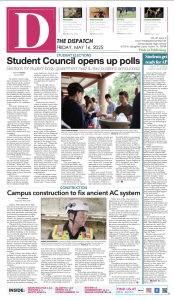30 Years of student life
February 16, 2018

Think about a movie from the ‘80s, any movie. A John Hughes film, a cult classic, a cheesy adventure plot. Today, the characters might seem vintage, outdated, or even irrelevant. Although the movie characters may have been fiction, they reflected a real aspect of culture of society and a way to mark progress in students life.
“I think as far as high school students, we haven’t changed,” history teacher and former student Wendy Uzzle said. “We still were concerned about fitting in. We still were concerned about what we were going to do on the weekend. The biggest concern for us was how the band competition would go or how the dance competition would go. So we’re still really invested in student life and I don’t think those things have changed.”
However, with the rise of academic competition and pressure to be successful in high school, students’ focuses have shifted to become more ambitious in their respective interests and consequently have compromised other aspects of student life.
“There’s absolutely less free time than there was back then,” history/PALS teacher and former student Alejandro Garcia said. “When there’s so many organizations that take up so much of your time and there’s so much homework, there’s so much preparation for one thing or another that people barely have time to just sit down and have dinner with their families.”
These adjustments have not only impacted student life as a whole, but have increased issues in students’ lives, such as mental health problems.
“Now there’s just so much pressure I think for people to get their college credit and do this and do that and people cram all night long; I didn’t do any of that,” Garcia said. “I went to bed at a reasonable time, I never stayed up all night studying, I never freaked out or cried or panicked because of AP tests, and in a lot of ways, it’s unfortunate that that era’s gone because we didn’t talk about mental health issues or depression or anxiety. I’m sure people had that stuff 15 years ago, it just wasn’t as prominent as now, where you see that everywhere, and I think the contribution of the school to those pressures is big. But that’s unfortunately the society that we live in. That’s what’s emphasized—that’s what’s important.”
Still, the student body has encountered growth by becoming less stratified than the groups 30 years ago.
“Every group kind of had their space,” Uzzle said. “The band kids hung out by the band hall, I don’t think that’s changed. The seniors and the ‘white hats’ (we called them that because they wore these white hats with their college name written across it) were right outside of A hall. The ‘Tree People,’ as we called them—there was a tree, not the big tree we have in the courtyard, but another tree that they all kind of hung around and they were more of your gothic, metal-y sort of crowd.”
While student cliques still exist today, the exclusivity that accompanied them has decreased.
“Everybody just had their own little thing, and I don’t really see that as much anymore, if at all,” Garcia said. “Everybody hangs out with everybody, and that’s a good positive development to see with people not shying away from meeting new people just because they’re in a different group of friends or play a different sport or have different interests than they do.”
Bowie’s surrounding community has since seen change, as well. Over the years, the area has seen more and more development appealing to students.
“When we opened 30 years ago, there was no place to eat around here at lunchtime, except there was a Sonic right where the H2O car wash is, and that was the only place anywhere near that you could go during lunchtime to get food,” economics teacher Ruth Narvaiz said. “I guess students did leave campus and go home, but there weren’t choices back then. The Randall’s wasn’t here, the CVS wasn’t here; it was all just vacant.”
In addition, bullying has shifted as new principles are introduced and students are taught to be more conscientious of the power of their words and actions.
“There will always be some people who define themselves by trying to make somebody else feel bad and that’s one of those just really nasty things about being a human being,” English teacher Vicki Hebert said. “But I think that that is not as acceptable as it used to be. School policies can be whatever school policies can be, it’s the kids. It’s the way you guys are looking at each other. It’s the way you guys are looking at the world that’s making it. The rules may have more awareness, but the awareness has been embraced by you and awareness of the administration.”
And while these new movements have impacted the way students act toward each other, they don’t eliminate from the struggles and humanity of those characters defined in the old movies we watch today. Because while the characters might be dated 30 years back, they remain as timeless as the environment that is shaping students into who they become.
“It’s kind of like watching flowers that have been planted a long time ago come up and bloom,” Hebert said. “We didn’t know what was going to come up, but man it’s cool.”










